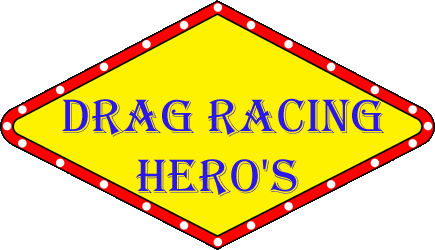



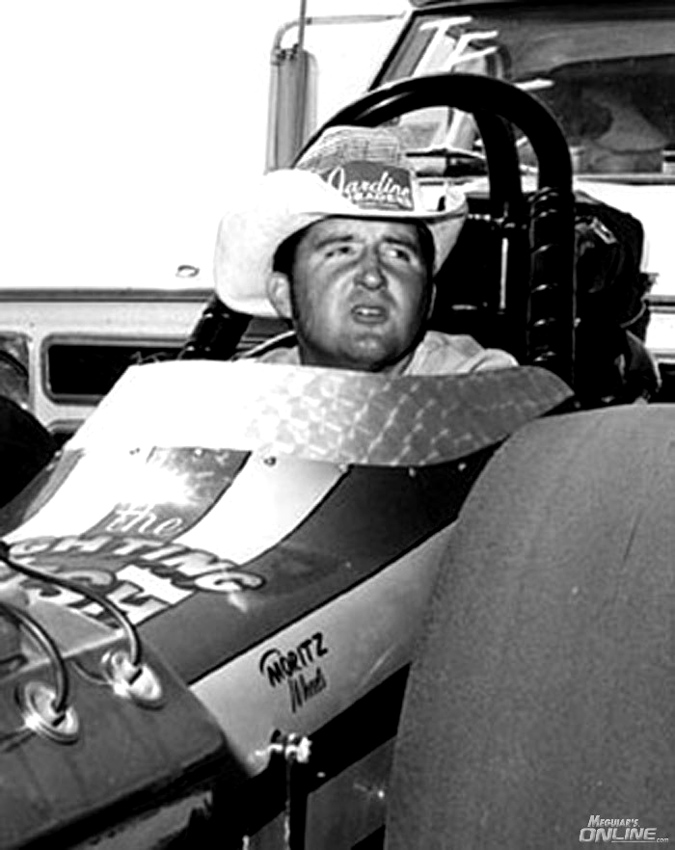
John
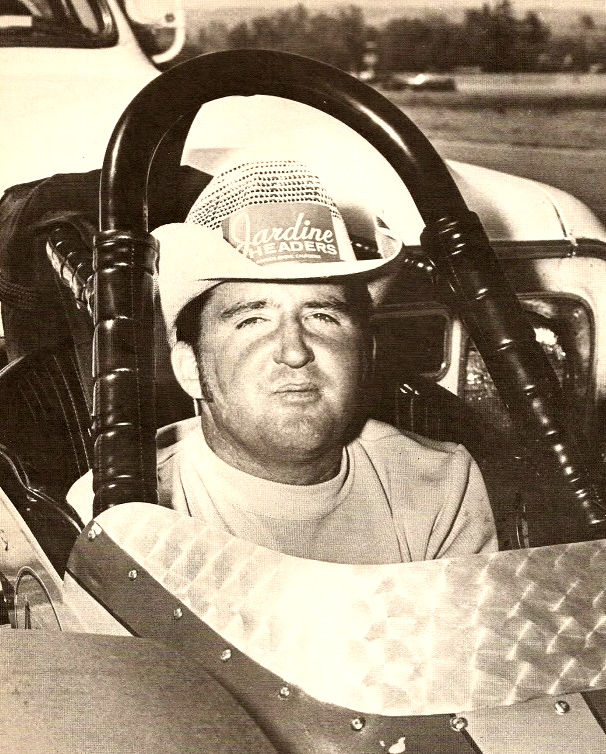
John
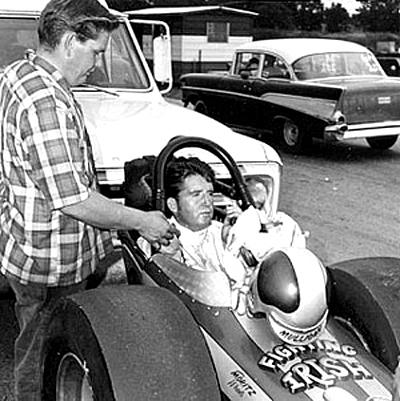
John
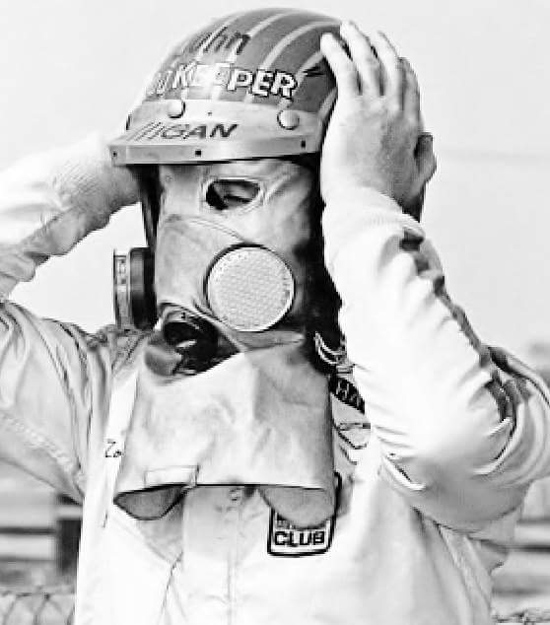
John
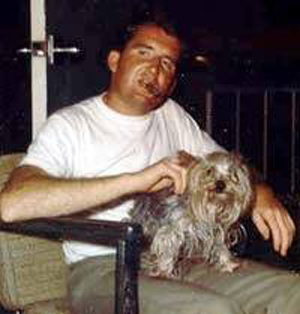
John
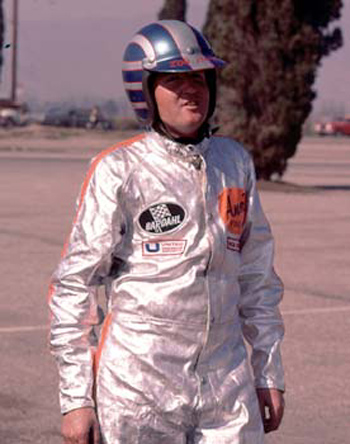
John
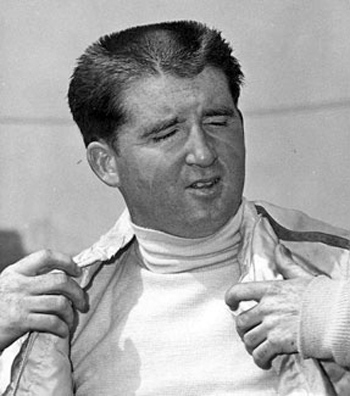
John
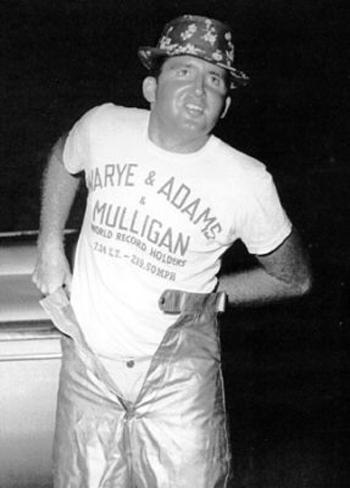
John

John with a little train
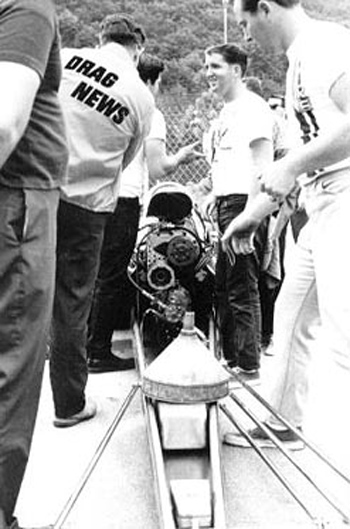
John at Bristol 1968
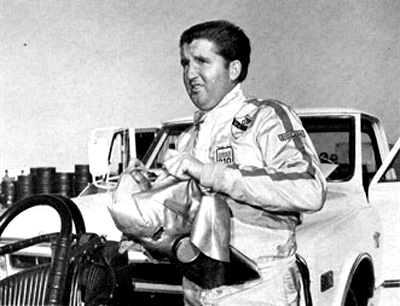
John getting ready
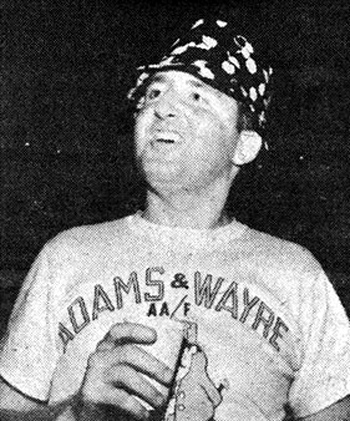
John
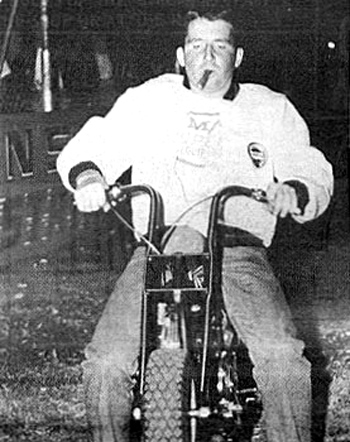
John on a mini bike
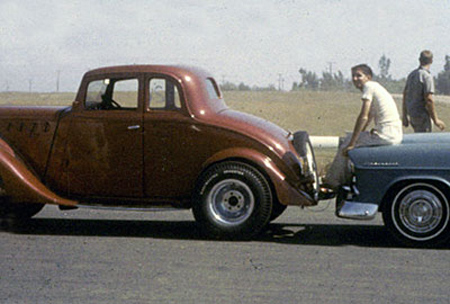
John's first race car a Willy's
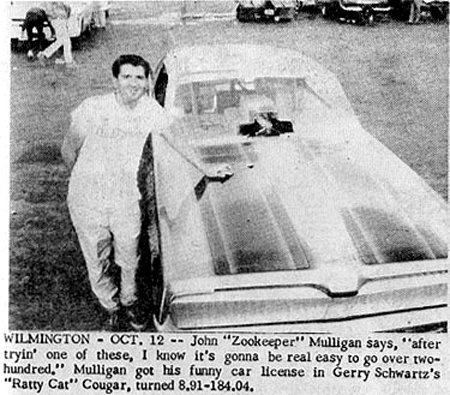
John tried this flopper to get his license
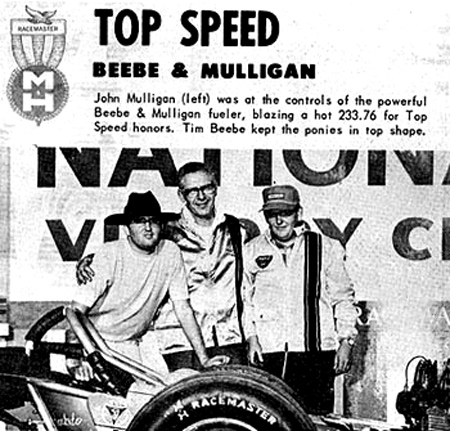
Top speed at 233.76
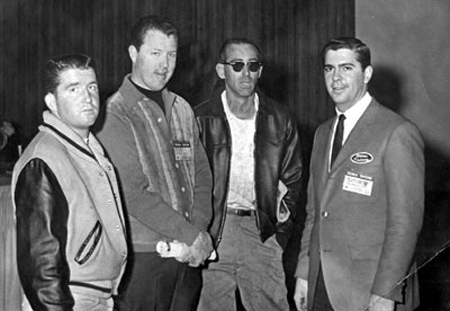
John with Tom McEwen and Chuck Ridgleey Plus 1
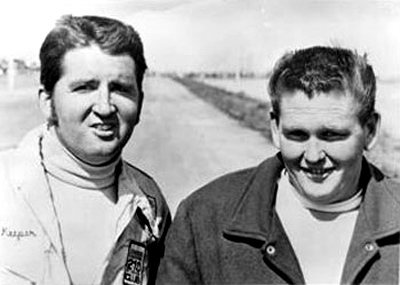
John and Tim Beebe
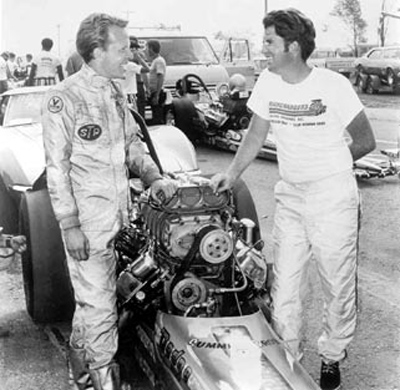
John and Tommy Ivo
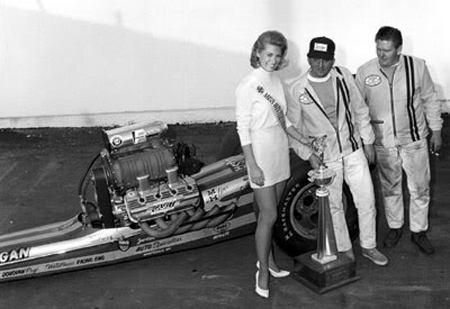
John at Pomona 1969 with the winning trophy
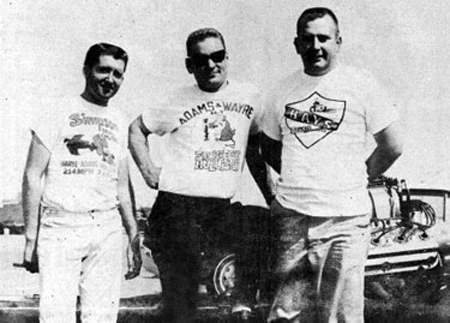
John with Ward and Wayre when he drove for them

John started in this Beebe roadster before stepping up to the top fueler
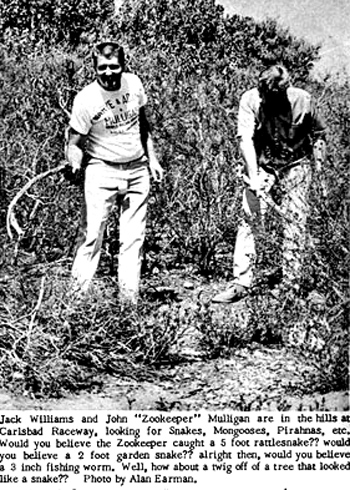
John with Jack Williams looking for snakes at Carlsbad
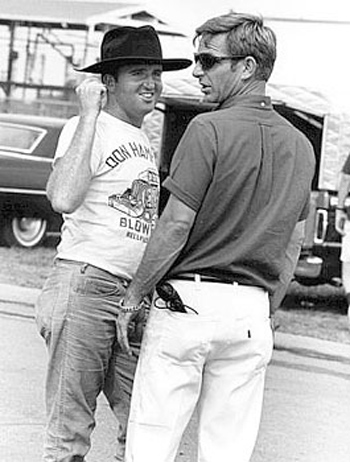
John with Dale Ham 1968
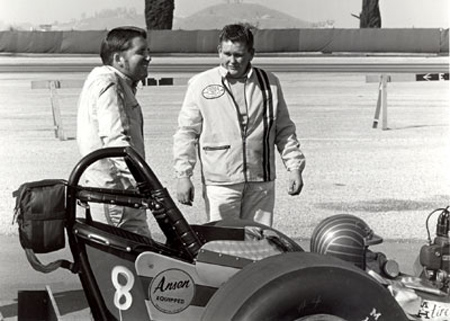
John with Dave Beebe
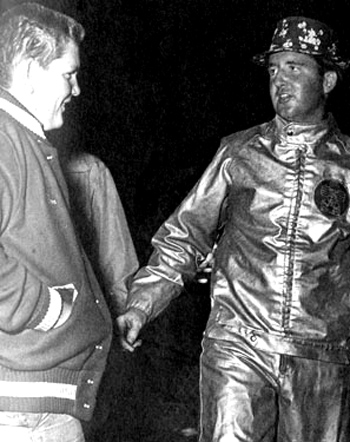
John with Tim
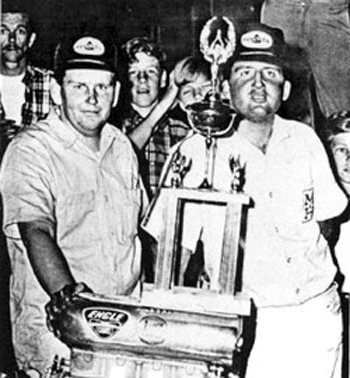
John and Tim
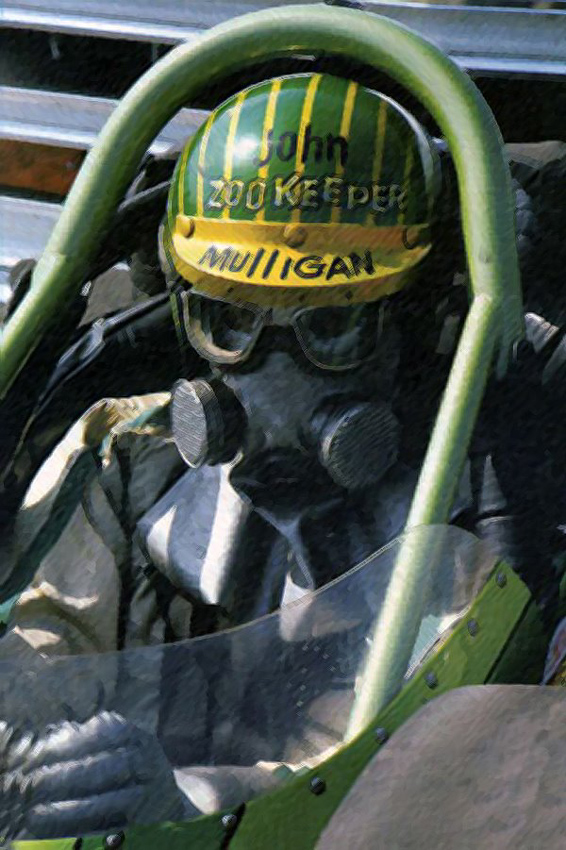
John in the seat

John
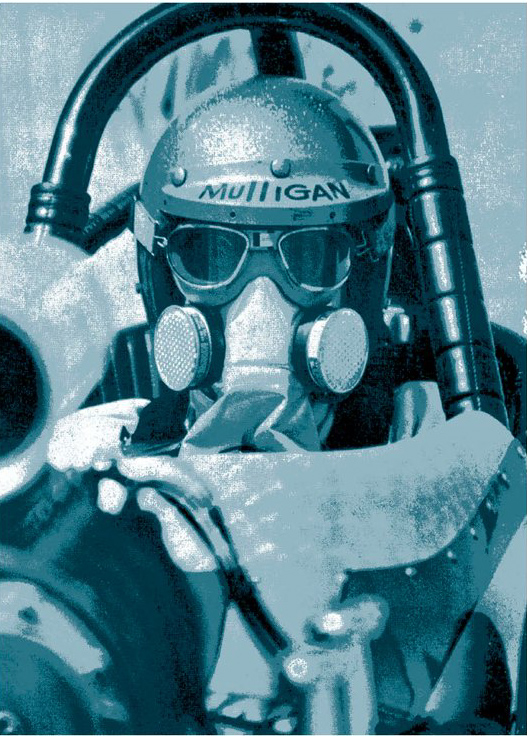
John
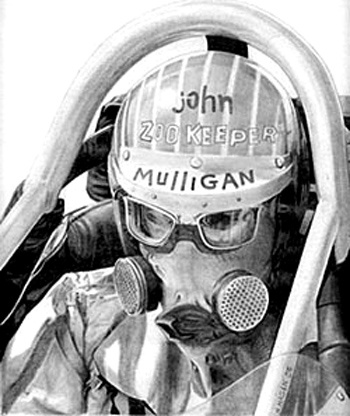
John
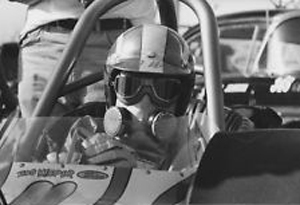
John
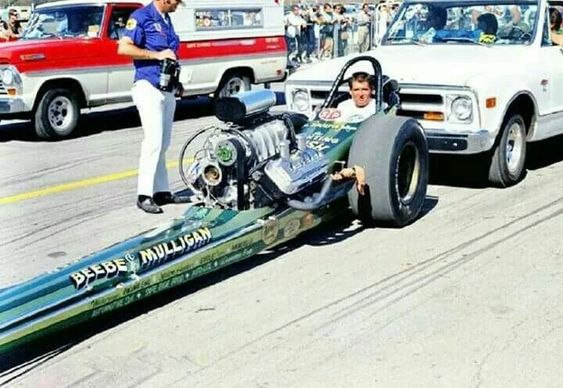
John in the car
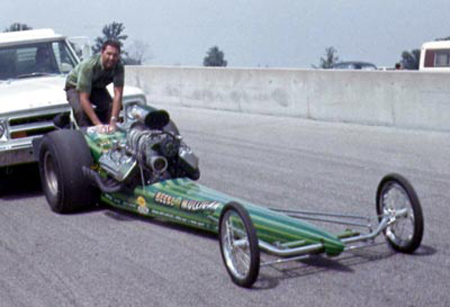
John standing in the seat
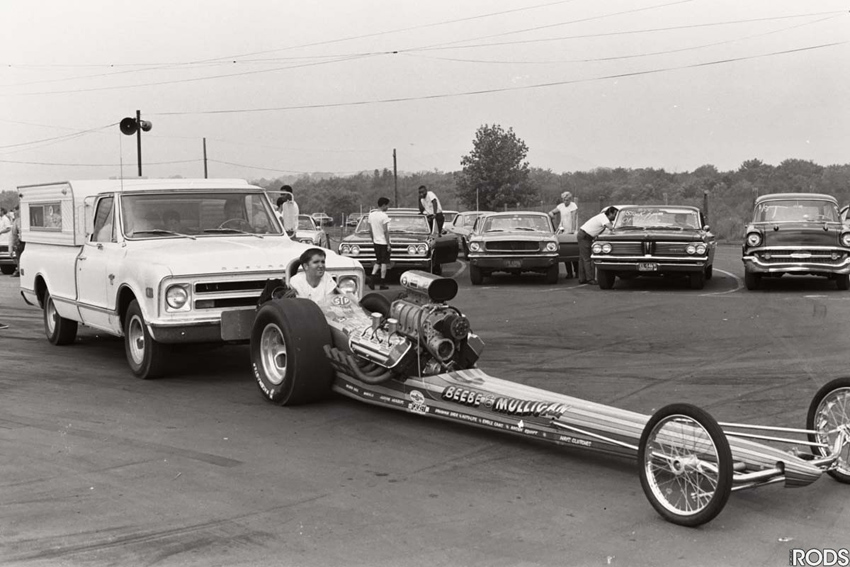
John in the cockpit
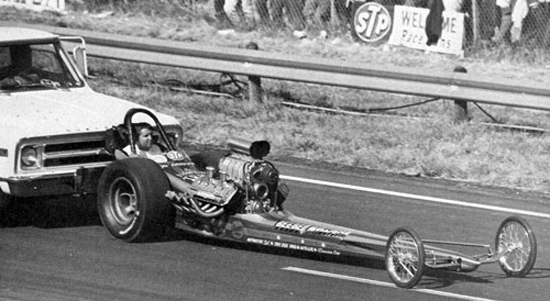
John in the seat
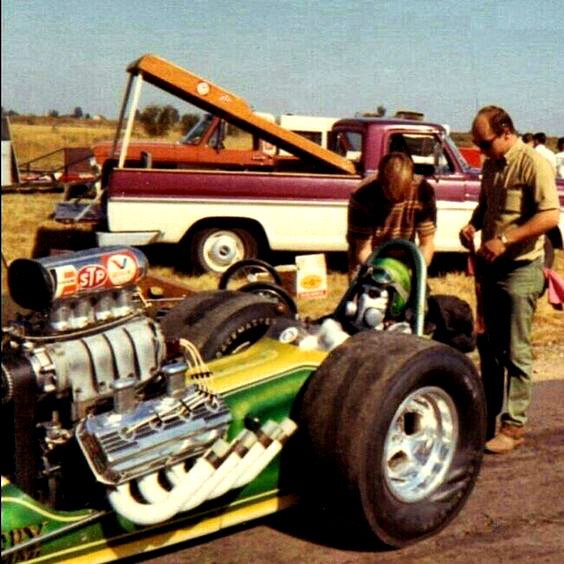
John ready
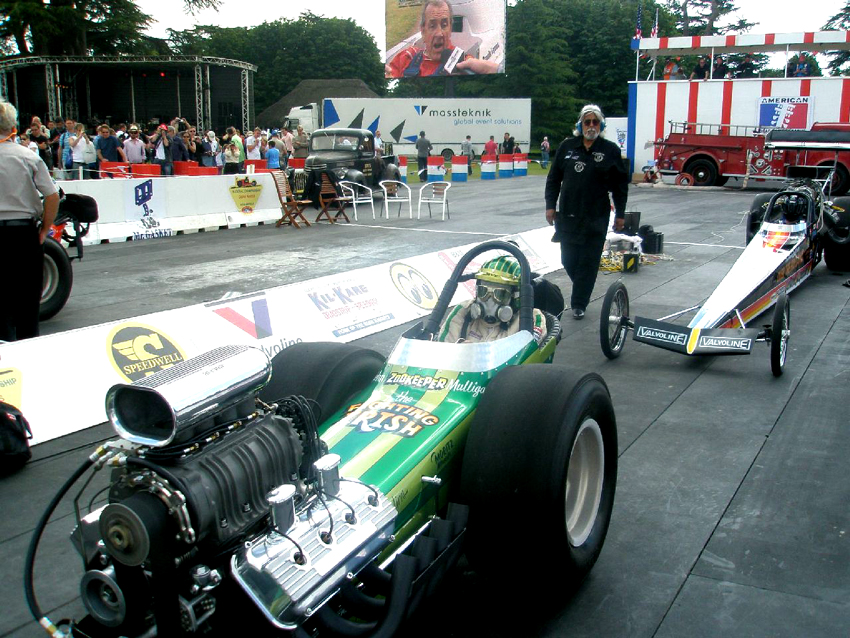
John lining
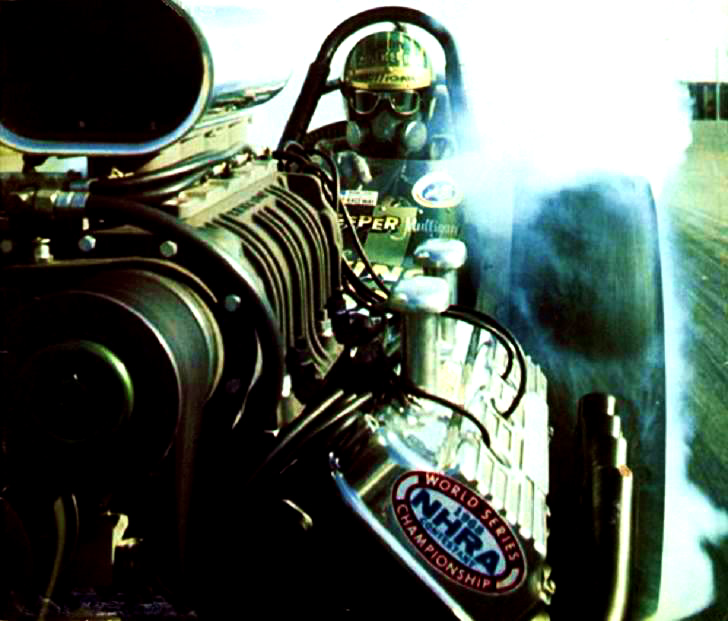
John on a burnout
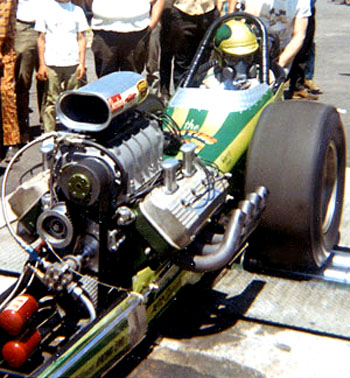
John on the OCIR rollers t start the motor
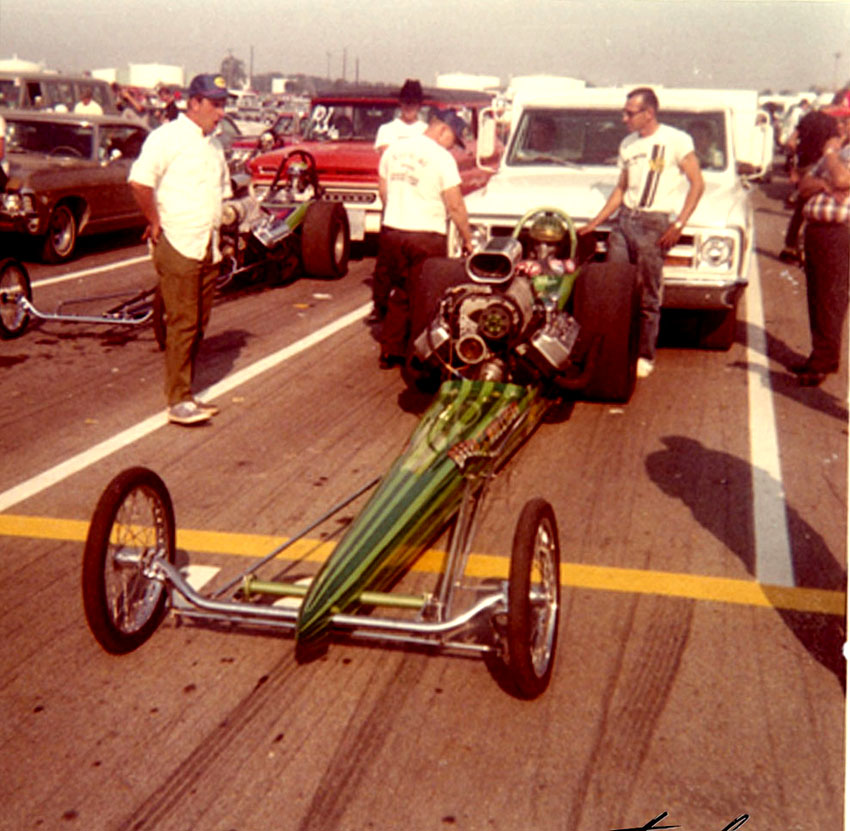
John ready to fire
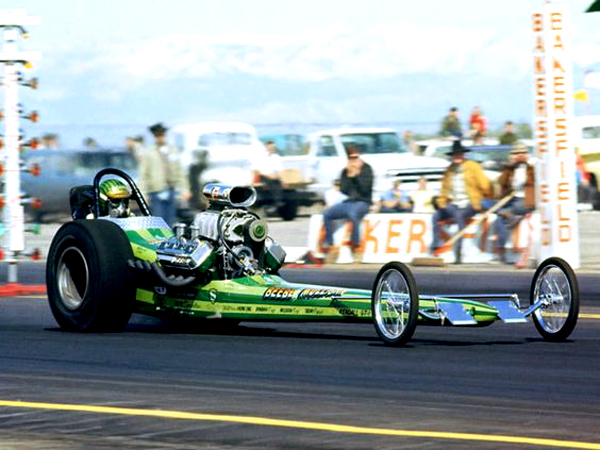
John off the line
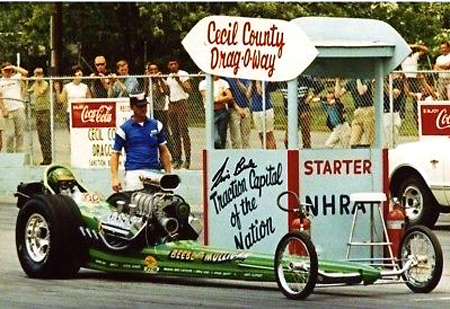
John at Cecil County
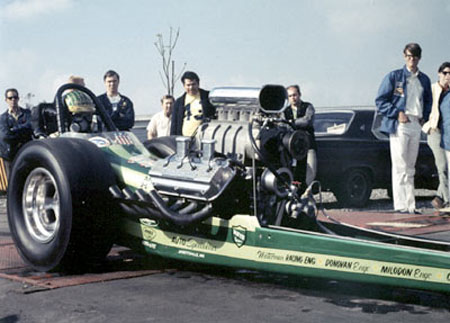
John at OCIR
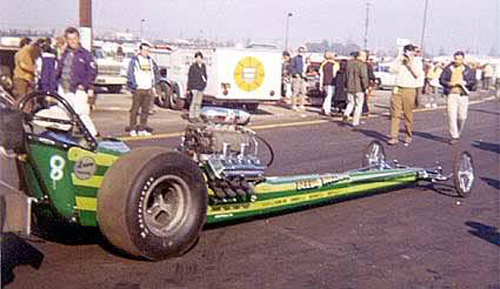
John at Pomona winternationals 1969
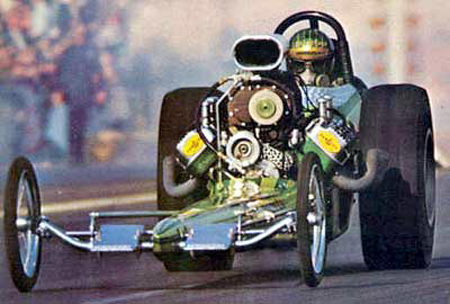
John at Pomona
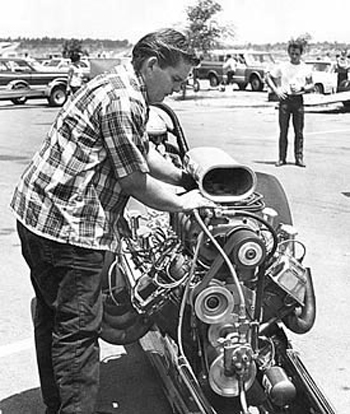
John with Tim working on it

John pushng off
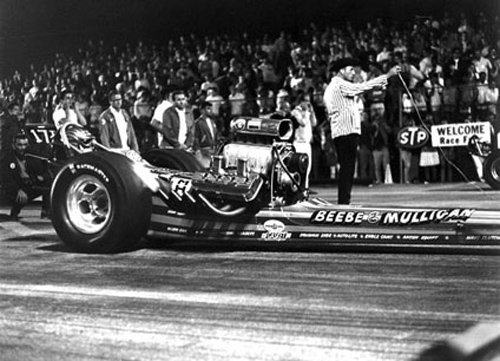
John
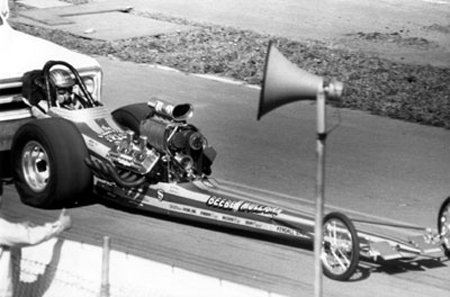
John ready
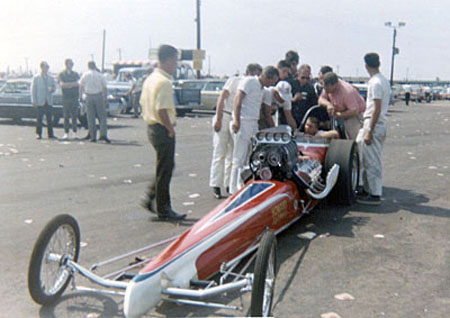
John in the Ward and Wayre car
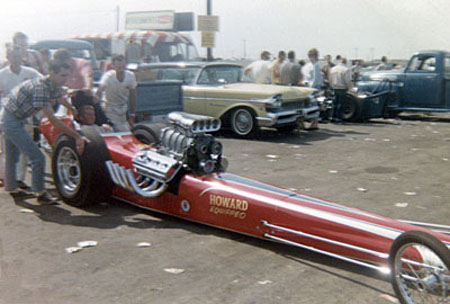
John in the red car
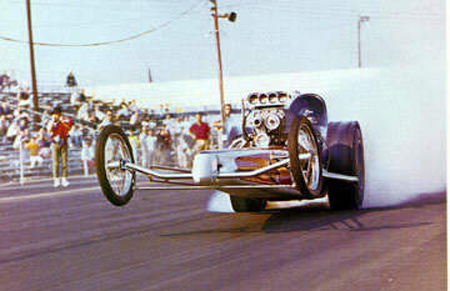
John pulling the wheels
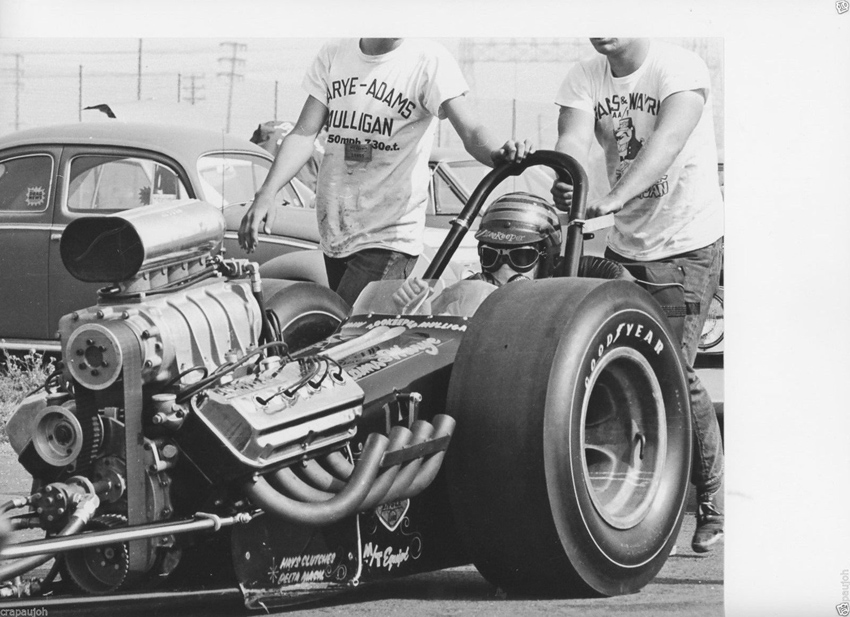
John in the Adams and Wayre car
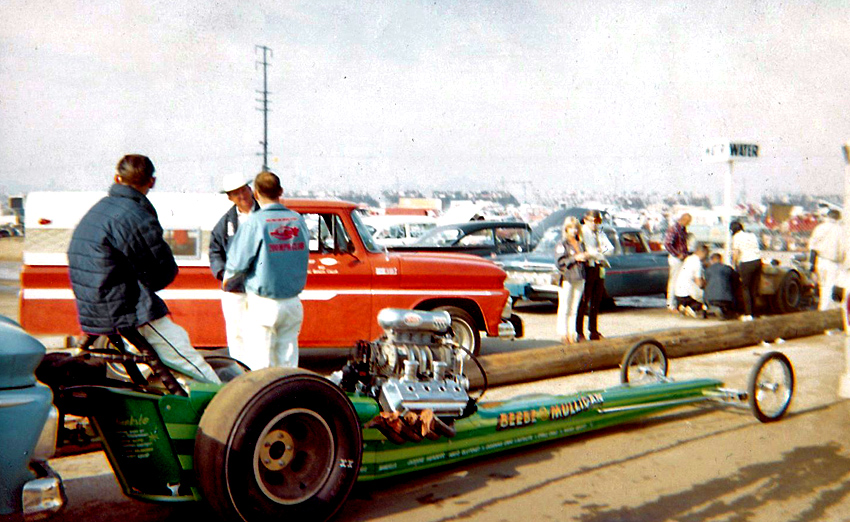
John standing in the car
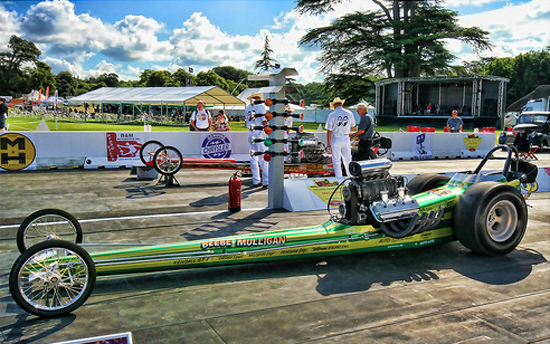
John back east
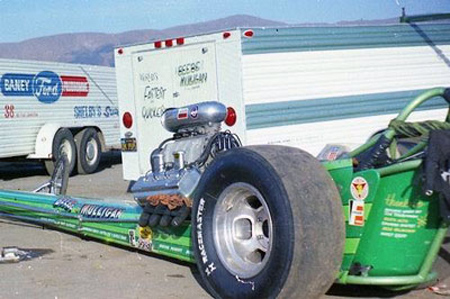
John at Fremont, Ca
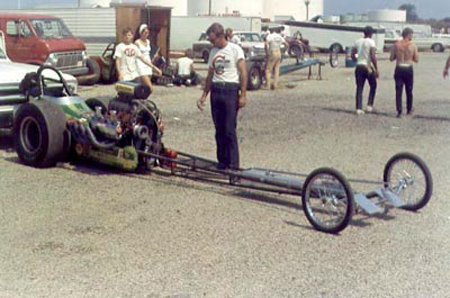
John at Indy 69
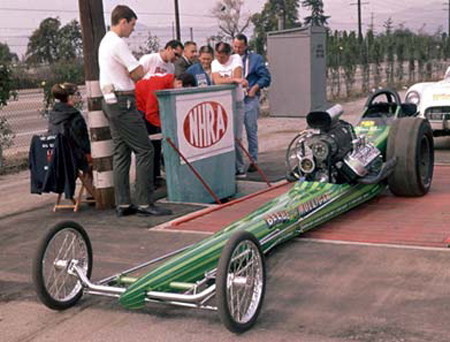
John at the Pomona scales
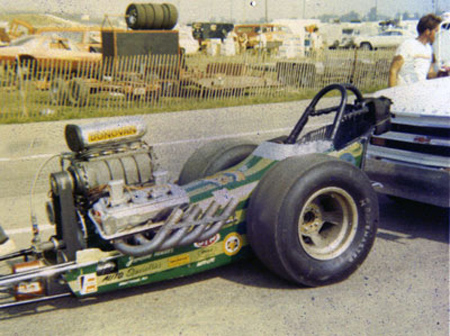
John's ride
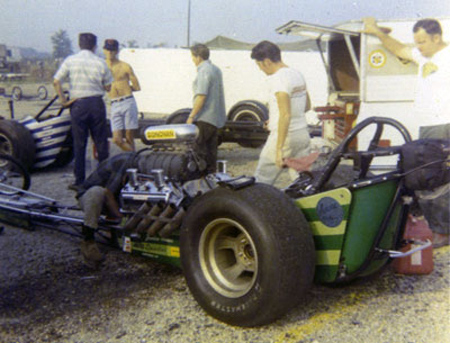
John and Tim with the car
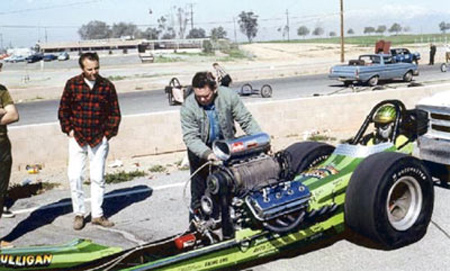
John and Tim at Hot Rod Mag Championship 1969
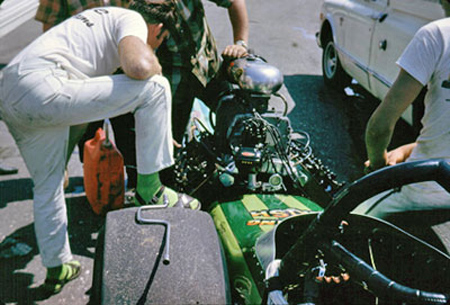
John with green socks!
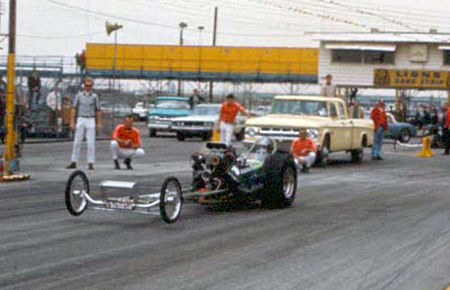
The first car after sold to Leland Kolb. It ended up in Australia
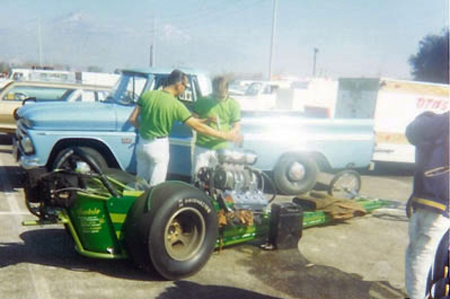
John gwtting car erady
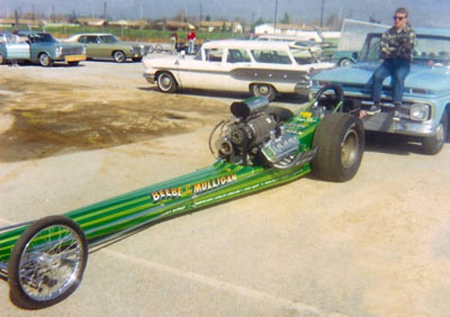
The car in line to run
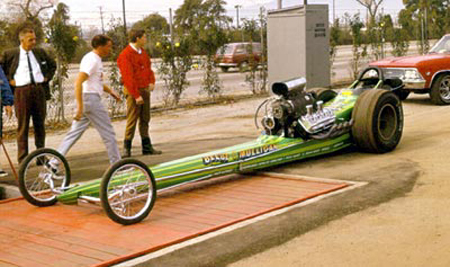
B & M car maed debut at 1968 Winternationals
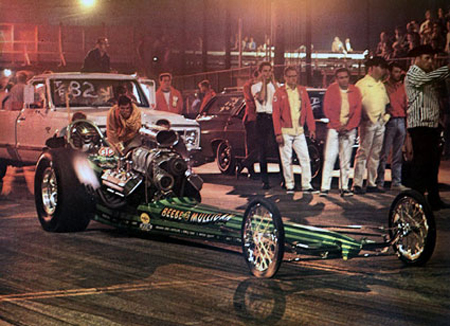
John running Lions

John at Indy
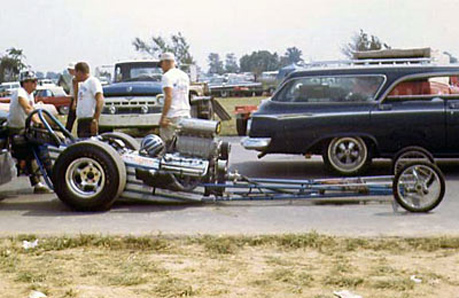
John in Adams Wayre car at Indy 1967
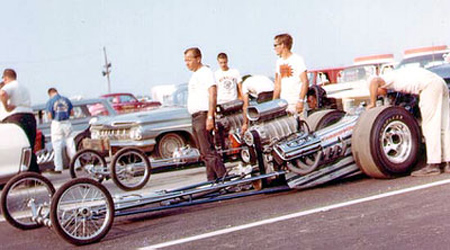
John ready to fire the Adams wayre car
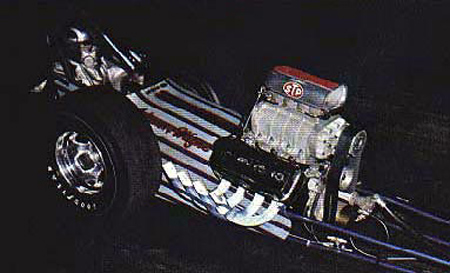
John in the same car
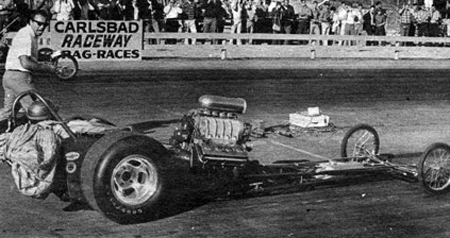
John at Carlsbad 1966. Note the chute tucked in the car. It opened on fire up and the crew stuffed it in the car, but the starter said oh no you don't and shut him off.
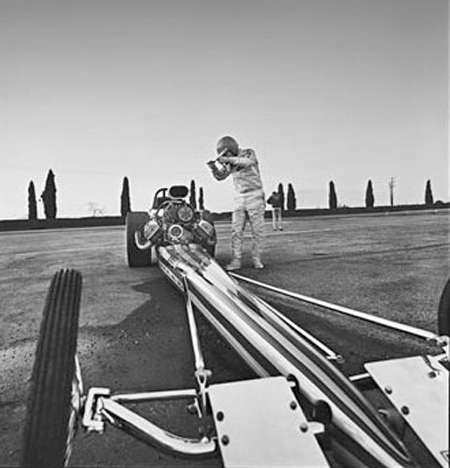
John checks the motor after a run
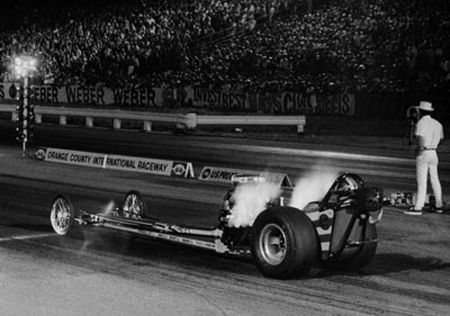
John blasting off at Carlsbad
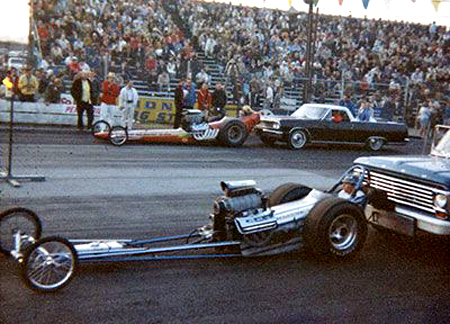
John in the Adams car early in his career
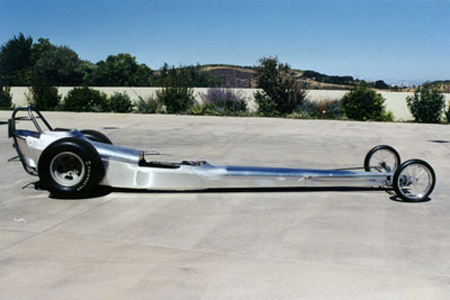
Tim took this new car home
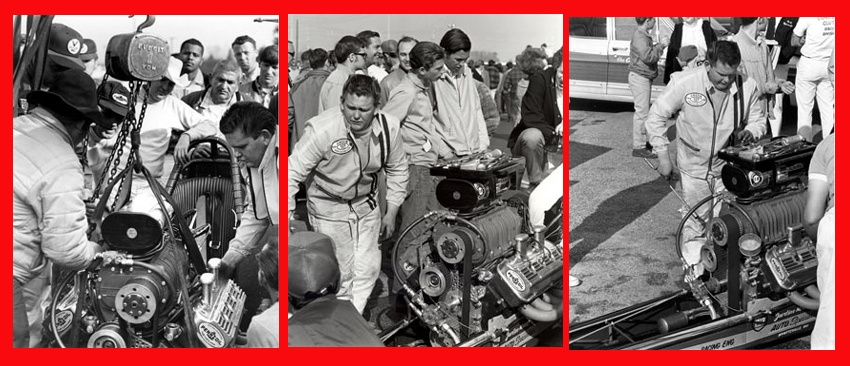
Tim checking out the clutch
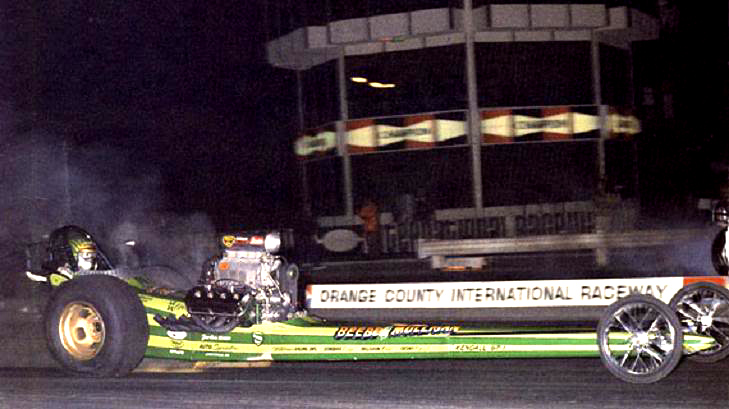
John at OCIR
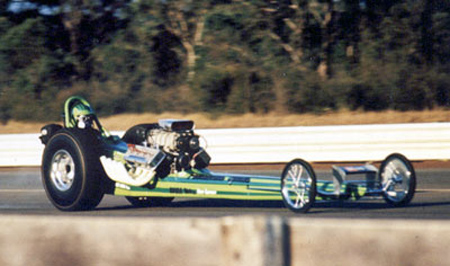
John at speed
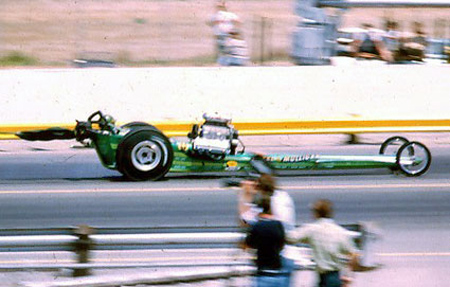
John at Lions 1968
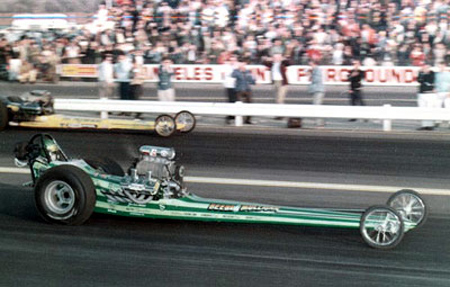
John beats the Snake for 1969 Winternationa's win
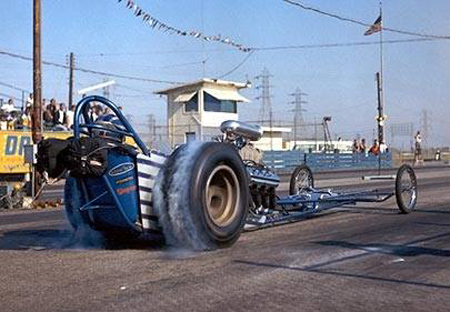
John in Adams wayre car at Lions
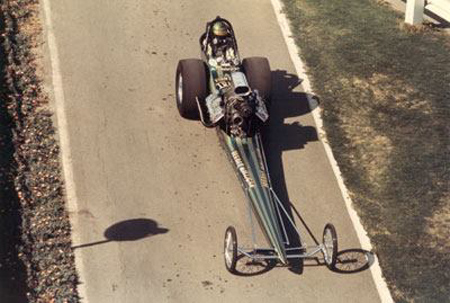
John on the return road
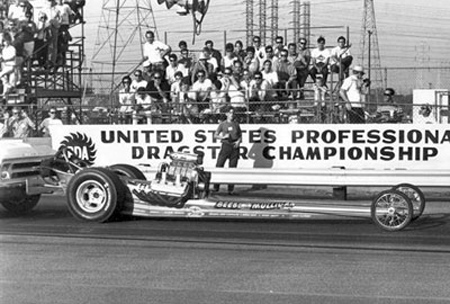
John at PDA meet at Lions 1968
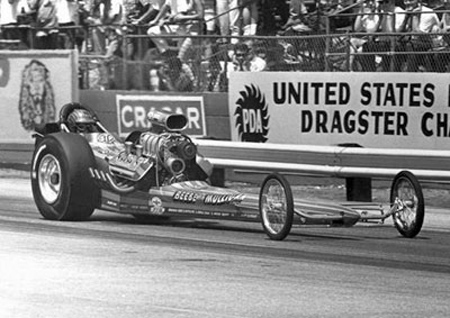
John at PDA meet at Lions
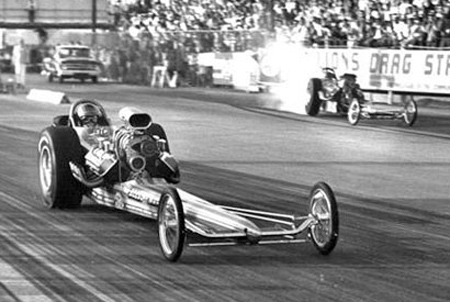
John at PDA meet at Lions
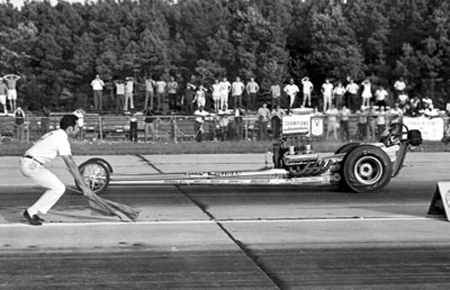
John getting a flagman start
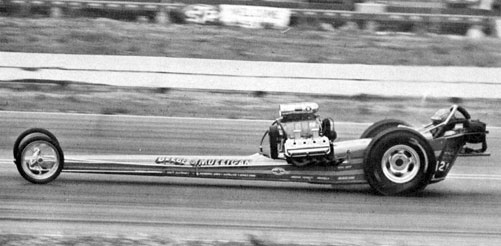
John on a run
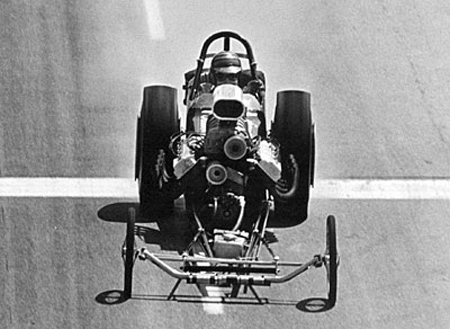
John in the lights at Riverside
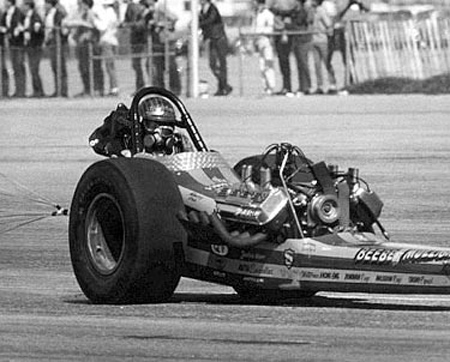
John after a blower explosion
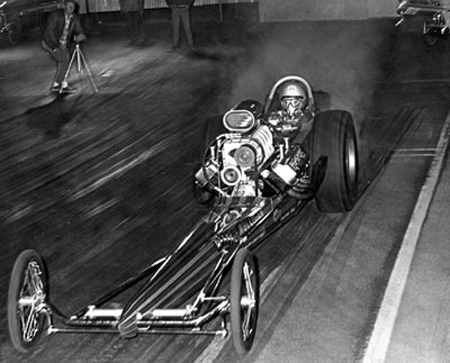
John at Irwindale 1968
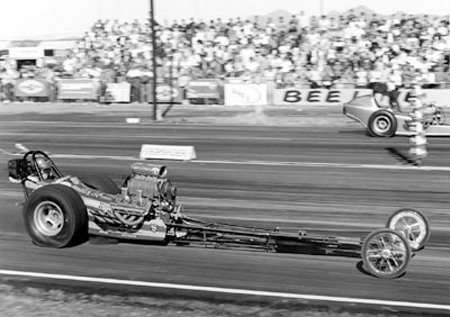
John at Beeline dragway in Arizona 1969
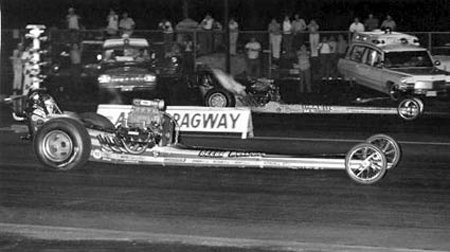
John at Atco 1969
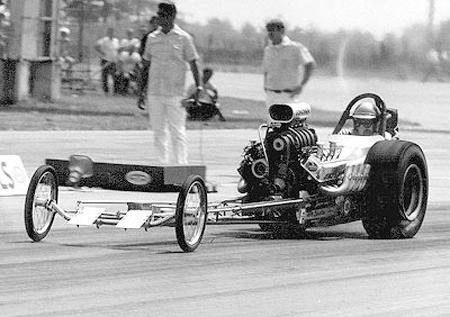
John on his record 6.43 world record qualifying pass at Ind 1969
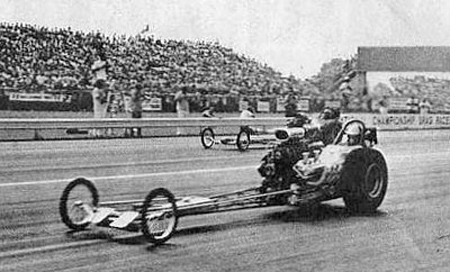
John on his last pass ever against Tommy Ivo when the clutch exploded and the fire burned him severly. He was thrown out of the car and still beat Ivo. He lived nearly 2 weeks after that, looking like he would make it
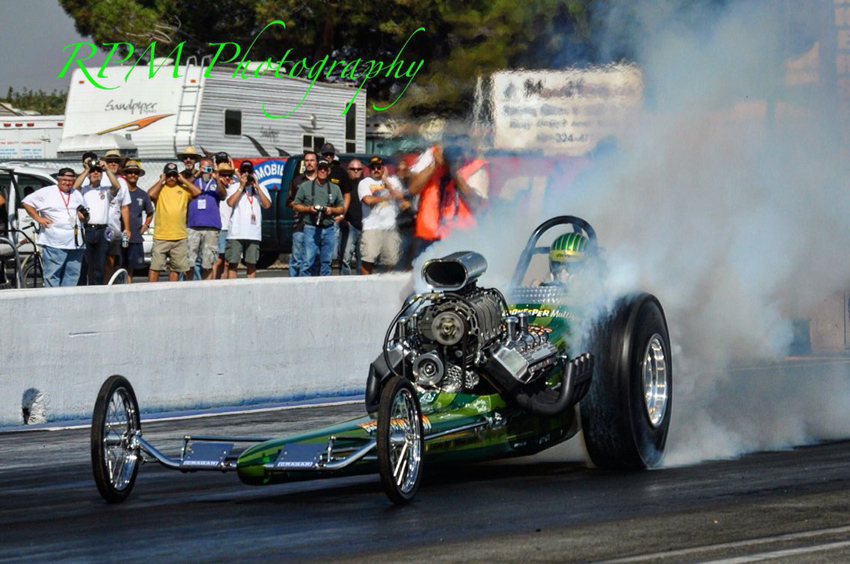
John
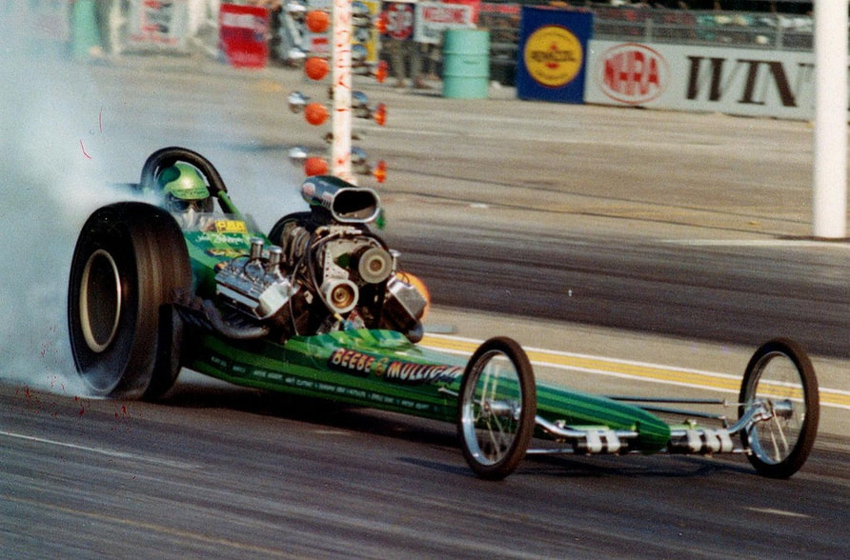
John
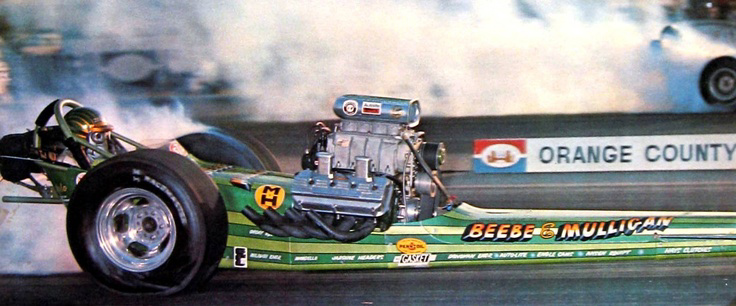
John
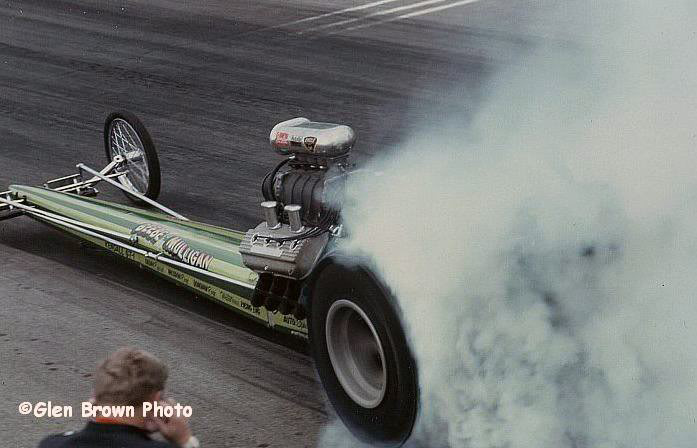
John
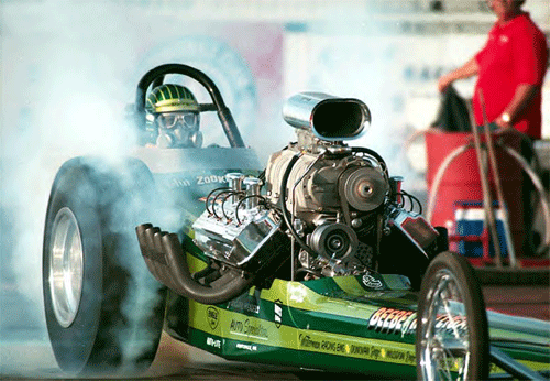
John

John
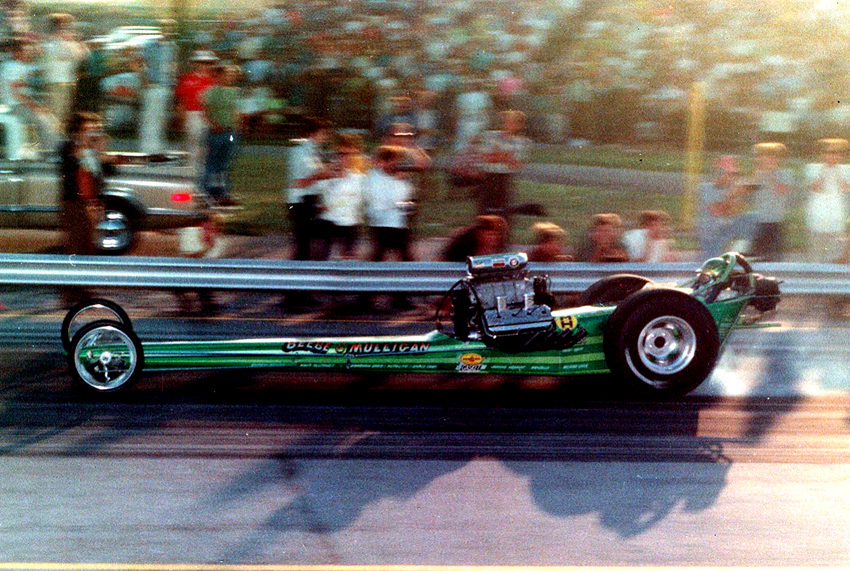
John
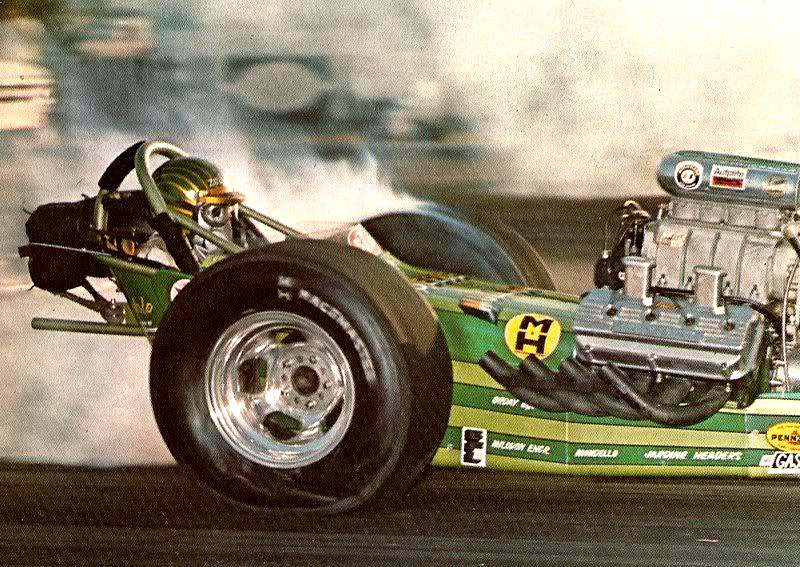
John
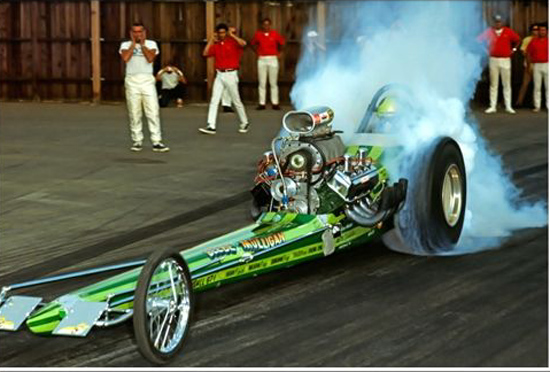
John
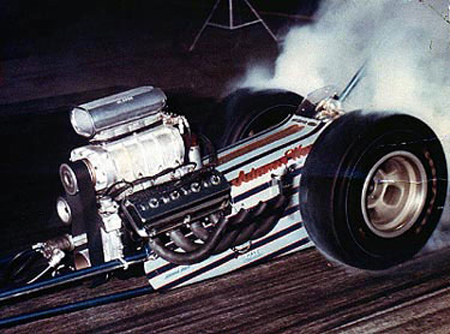
Adams Wayre car
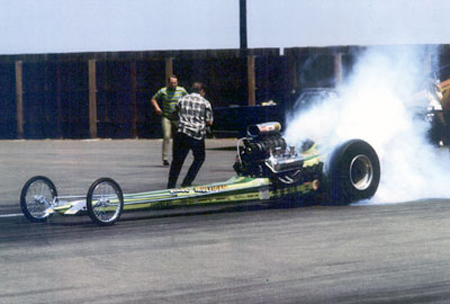
John
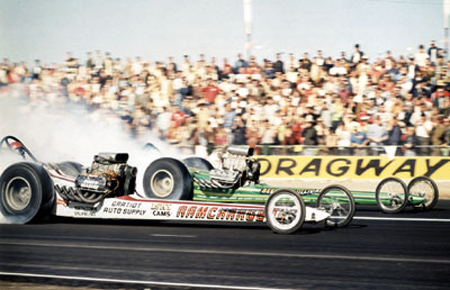
John against the Ramchargers
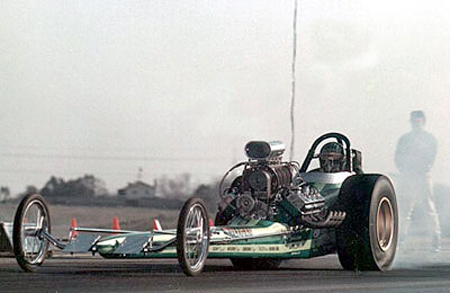
John
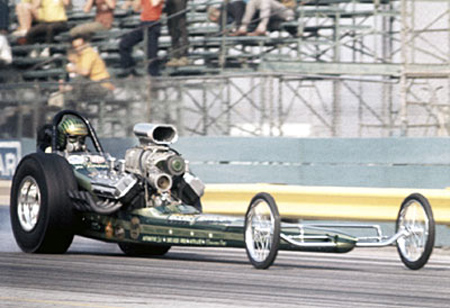
John at Lions 1969
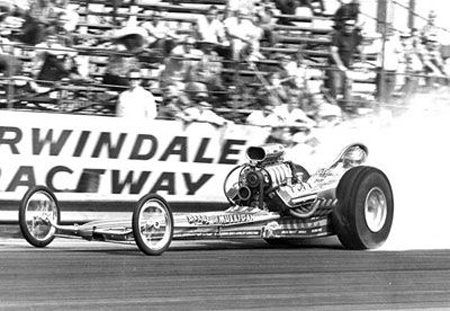
John
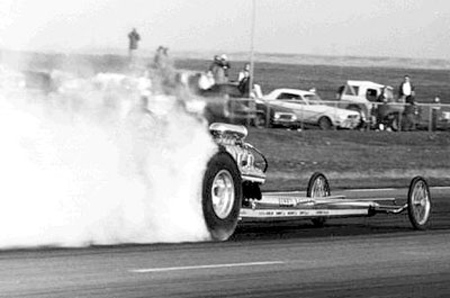
John at Sacremento
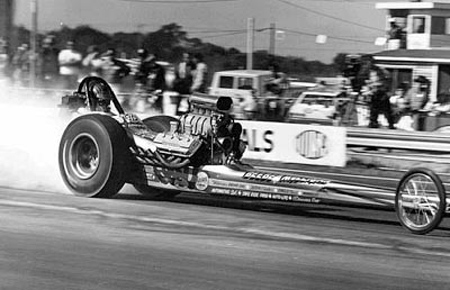
John

John
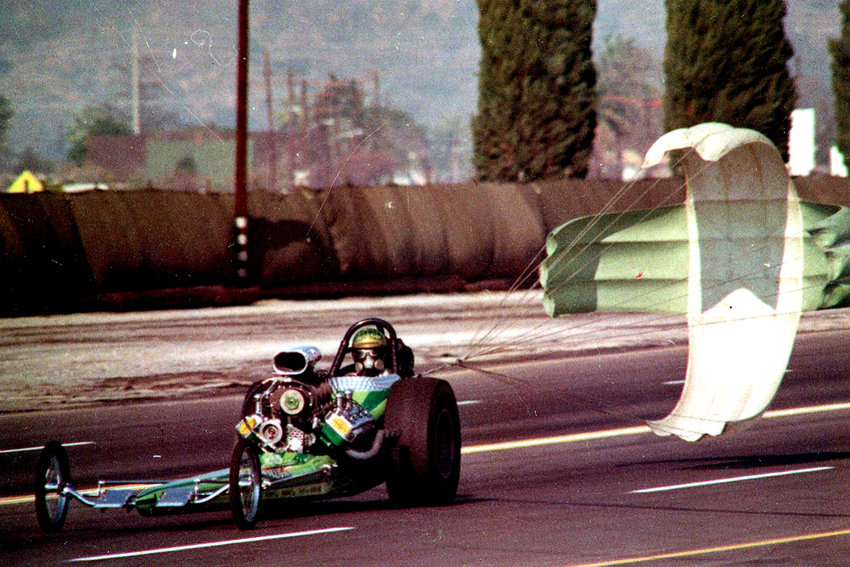
John with the chute out at Pomona
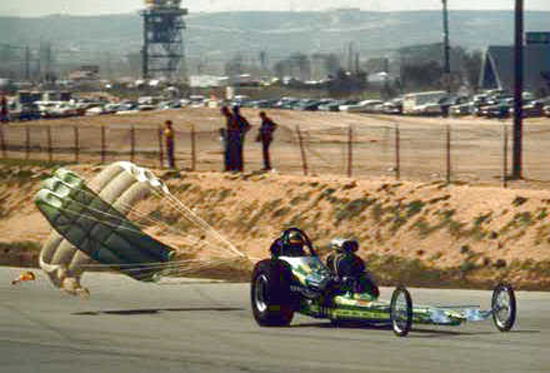
John with chute out at Riverside
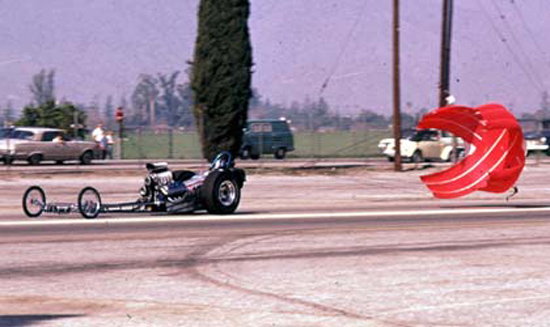
John at Pomona
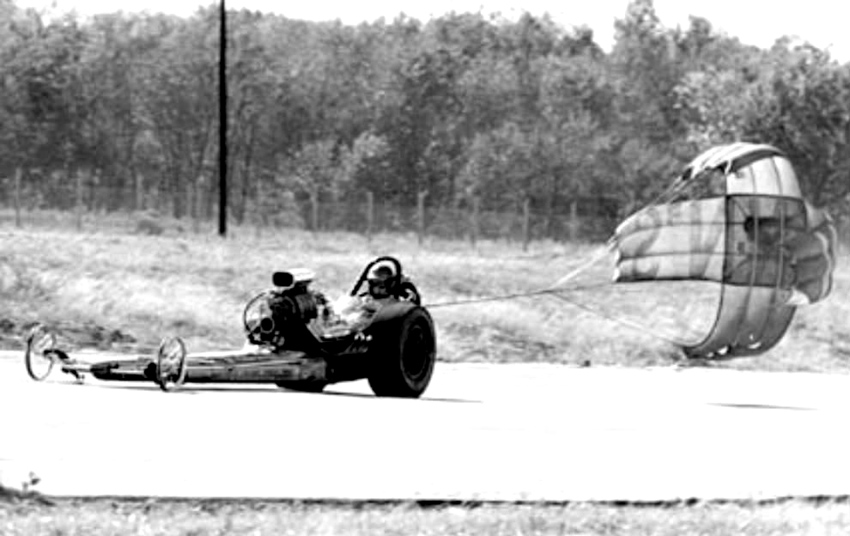
John at Tulsa 1968
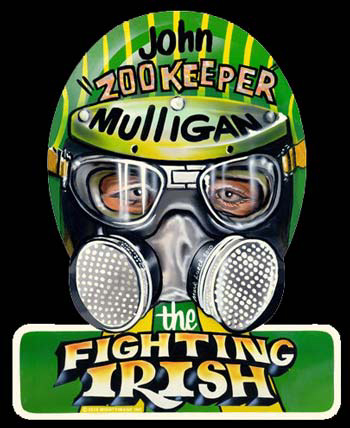
Art
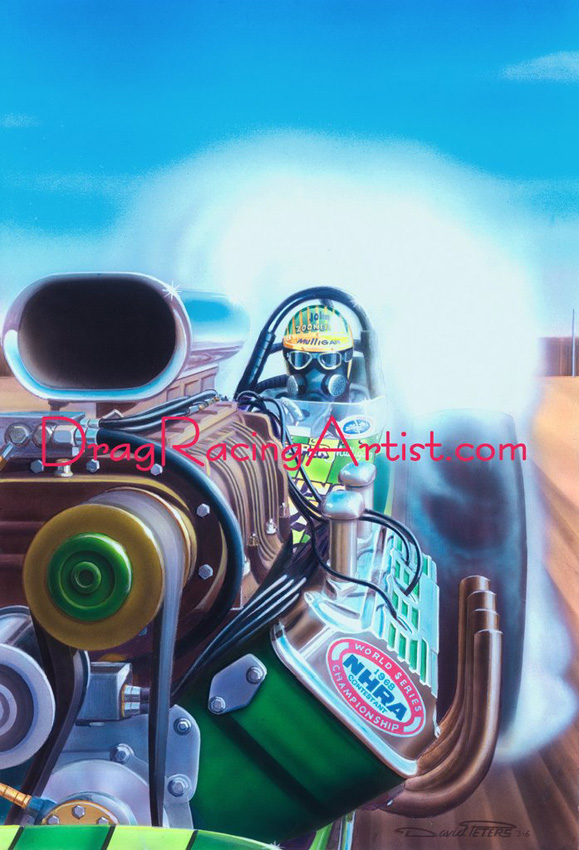
Art
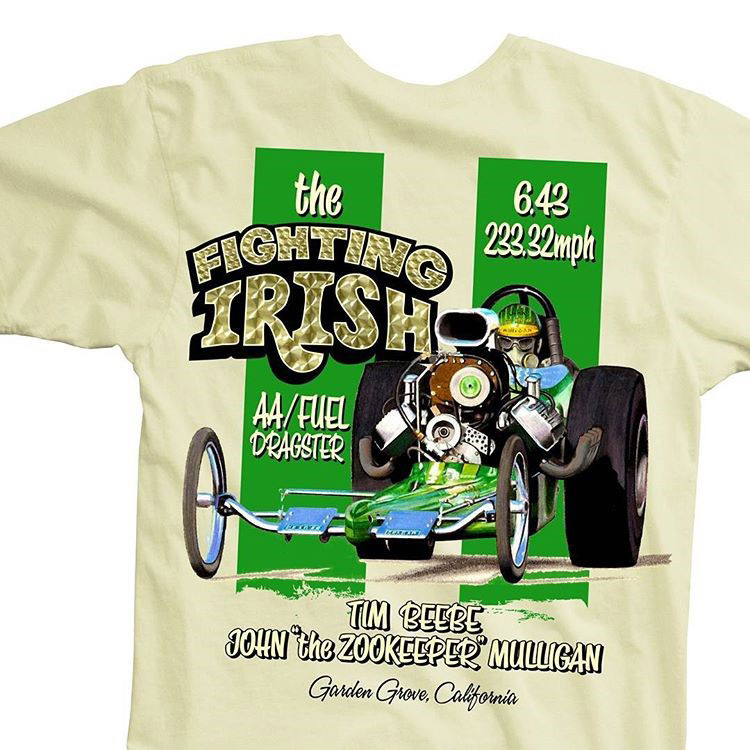
T-shirt
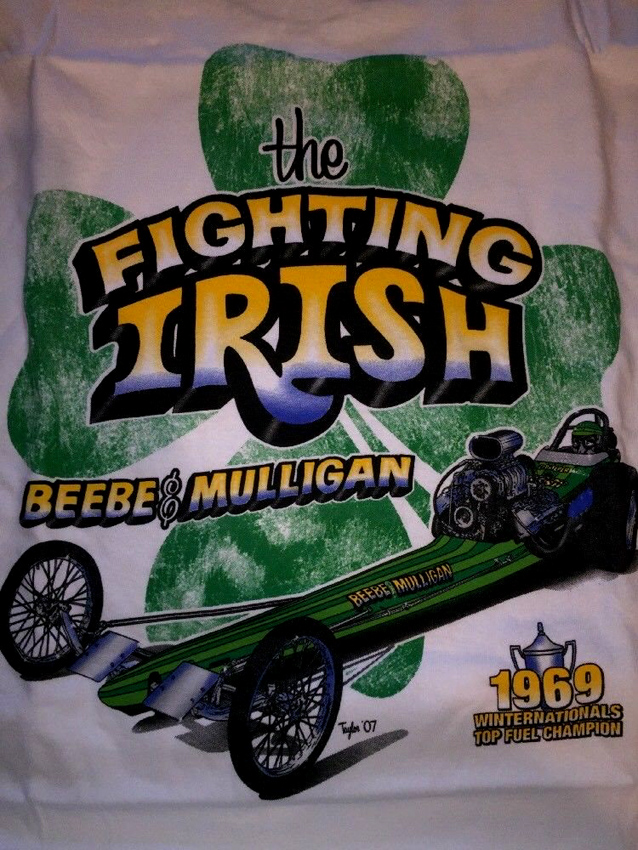
T-shirt
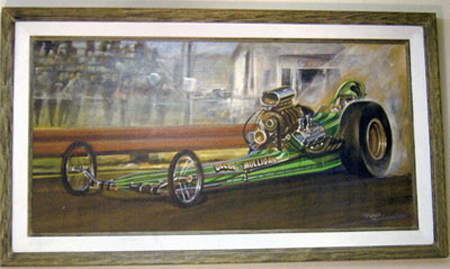
Painting
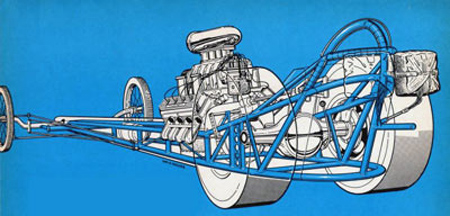
Drawing
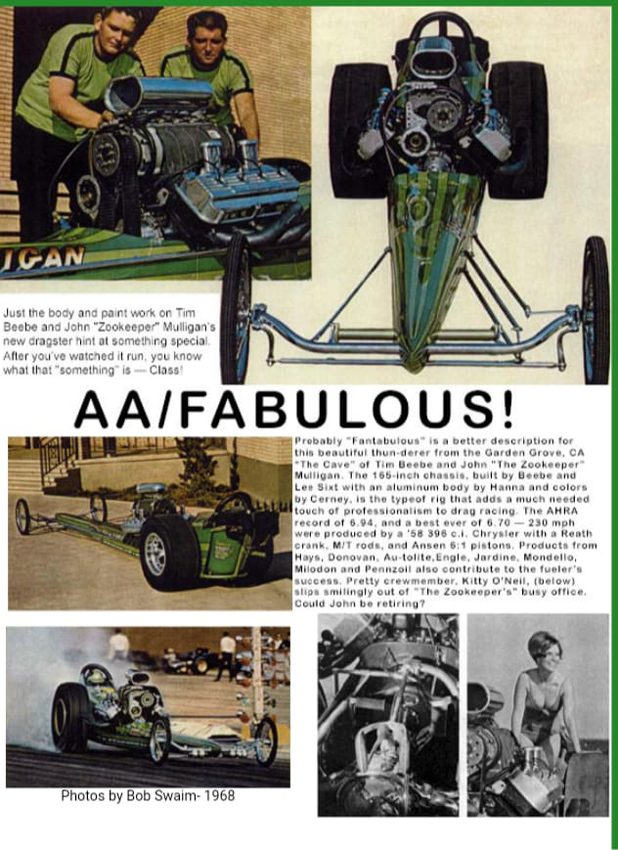
Poster
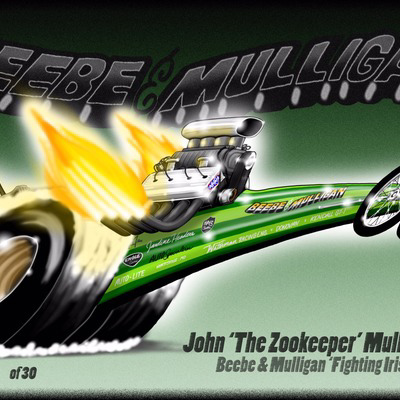
Art
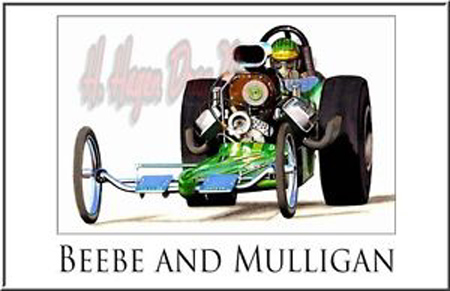
Art
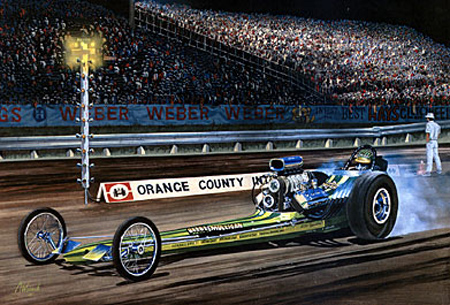
Painting
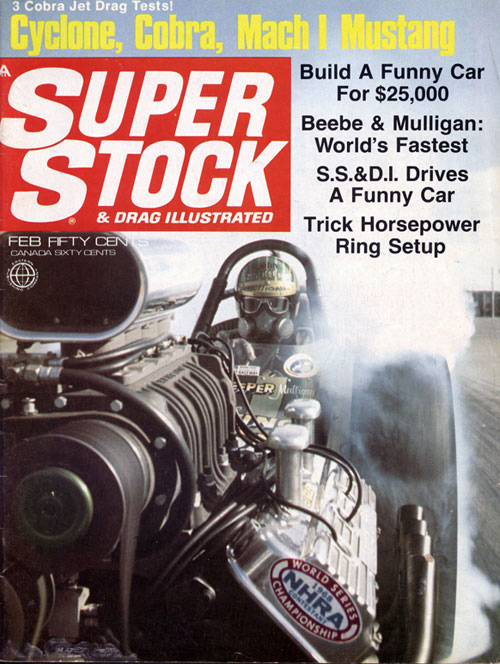
Super stock Mag
The Dave West owned replica of the Beebe and Mulligan fueler at the Bakersfield cacklefests
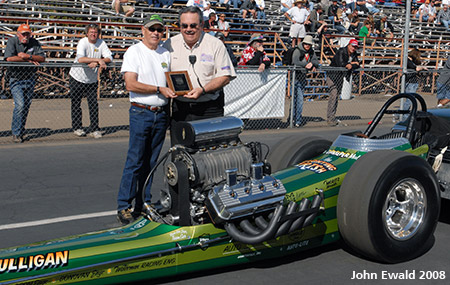
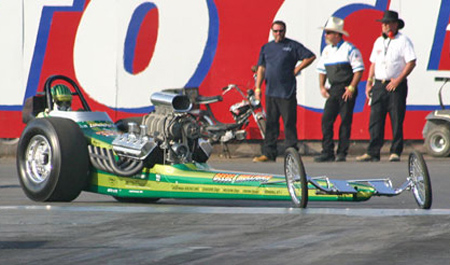
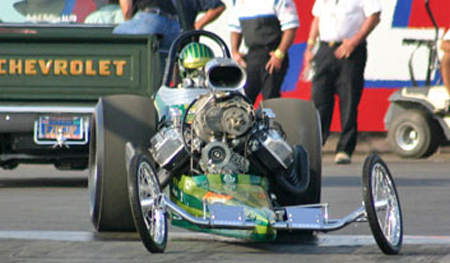
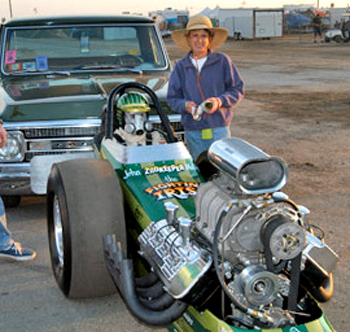
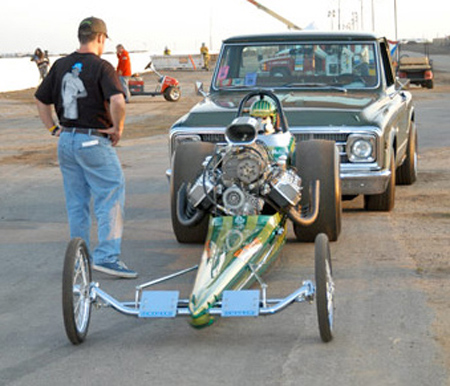
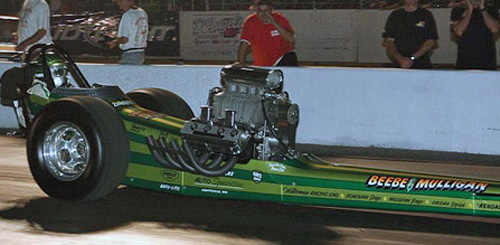

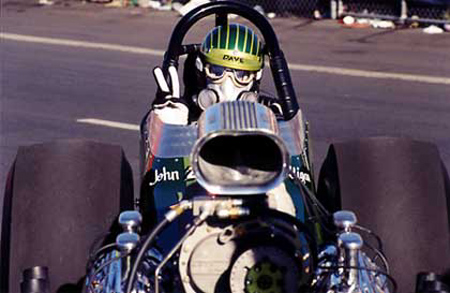
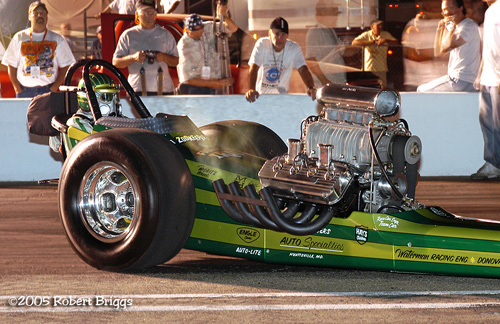
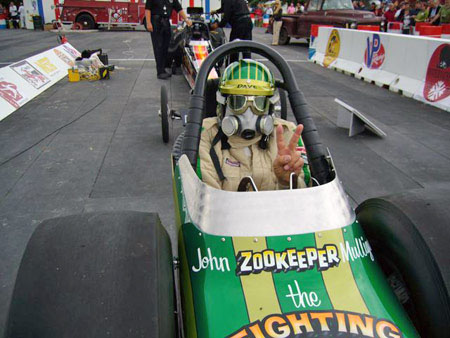

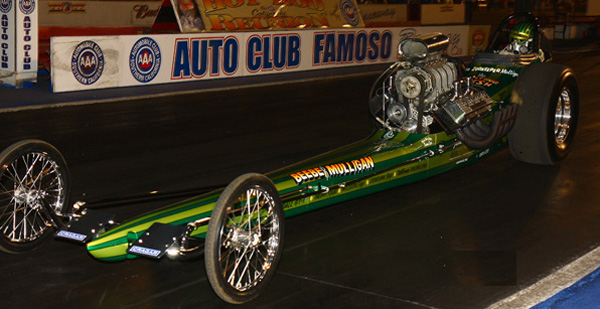
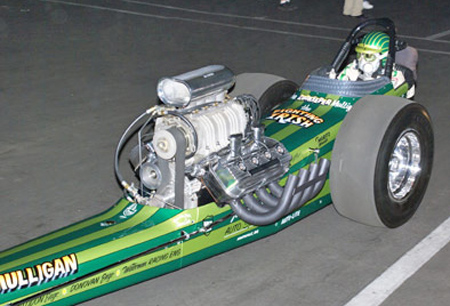
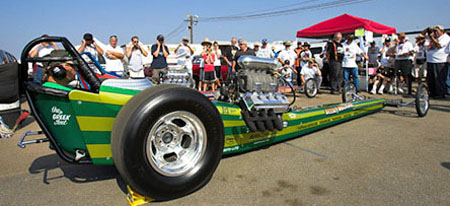
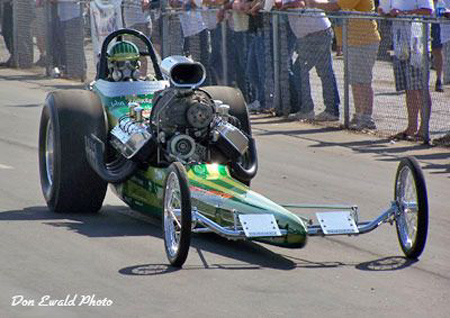
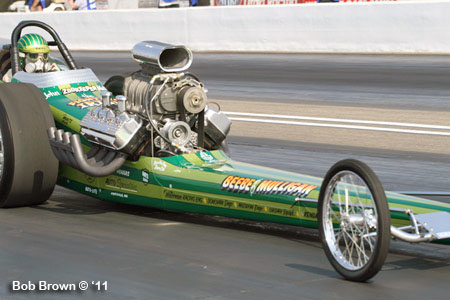

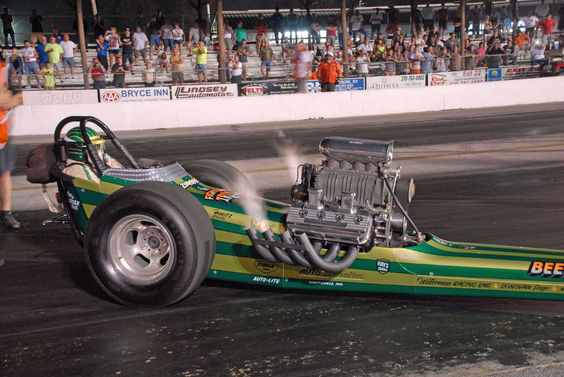
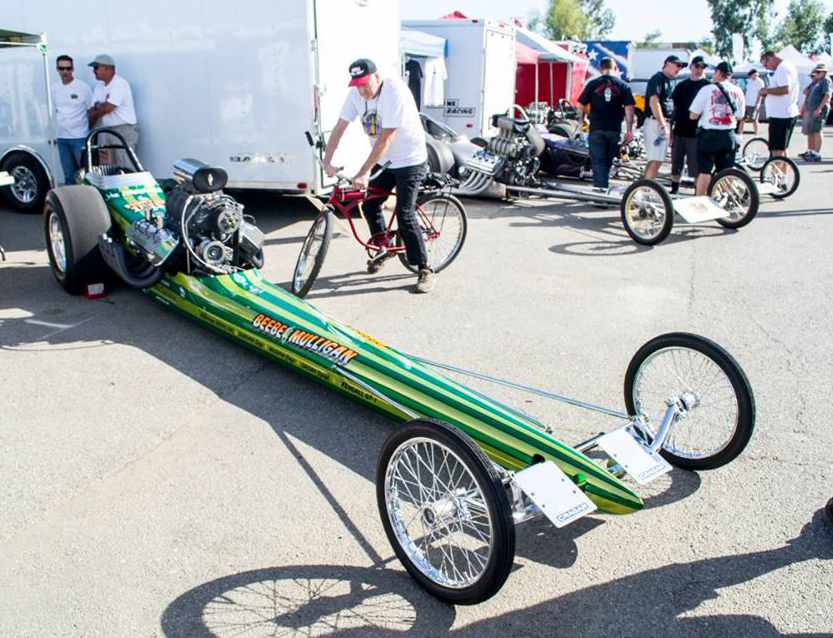
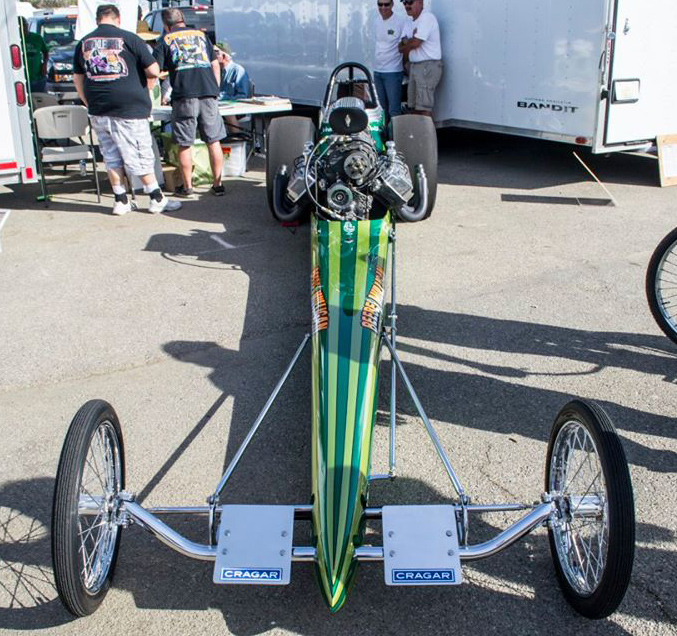

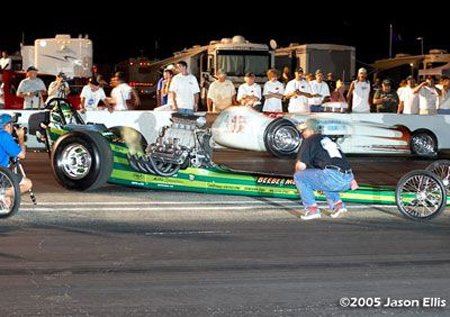
The death of John "The Zookeeper" Mulligan stunned the drag racing world. He was not only one of the most popular drivers in the business, but was tagged as a sports superstar going into the 1970's. His death was not in vane as several new safety standards were put in place including steel liners in the clutch cans.
To this day John is sorely missed among his peers and fans. It is a fitting tribute to Mulligan and Tim Beebe that Dave West chose their 1969 Winternationals winning car to lovingly recreate and share with the world.
Commentary from Dave West
John had a violent clutch explosion at the 1969 Nationals at Indy. It destroyed the car and he was thrown from the car. He was severy burned and survived for 3 weeks. He was the number 1 qualifyier for that race with a new the quickest run in history to that point. Here is the story:
his is the story that I have researched through Tim Beebe and several others including Tom Hanna. To begin, realize that there were two cars with similar green striped paint. The first car started out as the Beebe Bros, Vincent and Sixt. It was a homemade chassis by Sam Vincent and the car was driven by Dave Beebe. Around 1967 the car was lengthened by Frank Huszar at Race Car Specialties and a full Hanna body installed as well as the famous green striped paint by George Cerny Jr. It was lettered Beebe & Mulligan and John became the driver. This car was campaigned until the middle of 1968 at which point Woody Gilmore at Race Car Engineering offered to build them a new car for a sweet deal so he could advertise their success. As it was completed and prepared, the old car was sold to Leland Kolb who painted it white and put a 426 engine in it. After a couple of runs at Lions and Irwindale, he pulled the engine out and took the car to Australia where he sold it to Jim Reed. It was raced down under for a time and even painted back to the original green stripes.
It eventually was converted to a rear engine car and before they made a pass, the push car ran up over the back of the car and destroyed it. It was cut up and that was the end of the first car. The 68 Woody car that I replicated made its first competitive runs at the World Finals at Tulsa in Oct of 68. They debuted with top speed and a runner up to Benny Osborne due to losing the clutch. After winning the Winternationals in 69, they went on tour in the spring and late summer. They installed a 426 that was purchased from the Ramchargers by Marv Rifchin of M&H. They ran faster and quicker than the Ramchargers the first weekend with the new engine. Tim and John returned to California for the PDA meet at Orange county and then headed east to resume the tour ending at Indy for the US Nationals. Tim decided not to run the nose on the car since NHRA wouldn't pay any appearance money and he knew that both Garlits and Prudhomme were getting paid. I guess it was his way of boycotting NHRA. As most people know they led qualifying with a 6.43 that was a new record that stood for almost a year. First round against Tommy Ivo, Mulligan was on an even better run that the qualifying run. Tim said they were starting to slip the clutch more and that was leading to some tire shake that they hadn't experienced before.
If there was one thing about this car in retrospect that was not right was the driveline coupler. Instead of the traditional Greek coupler at the rear-end, the B&M car had a conventional u-joint minus the needle bearing cross. The u-joint connection was bolted rigidly by four Ľ" bolts. This arrangement worked well up to this point but Tim said they were starting to slip the clutch and that contributed to the record setting e.t. that they qualified with. On the fatefully run, Moe was on an even better run than the previous low qualifying run. From the initial launch the tires started to shake, something that they hadn't experienced before. At about half track the tire shake caused to coupler to break and that took the clutch out and one of the discs cut through the aluminum pan which led to the fire.
The car crashed and an oil & fuel fire burned John severely. John was taken to the Hospital where he appeared to be through the worst of it but died several days later due to kidney failure as a result of infection and complications from the burns to his lungs. After the race, Tim brought the engine and back half of the burned chassis back to Garden Grove. The engine went into McEwen's funny car and the remains of the back half of the chassis ended up at Tom Hanna's shop.
As a footnote, Tim said he never used Hydrazine as has been reported and said that the engine was not hurt during the crash. The nose of the car that was in the trailer during the Nationals also ended up at Hanna's shop where it was eventually cut to try and use part of it to repair Kuhl and Olsen's nose. That front 6-8 inches of the nose eventually ended up with an employee of Tom's who has kept it all these years. He brought it out to the CHRR a few years ago before we finished that car. It is the only original piece of that car that I know exists. He loaned the nose to Bill Carter when he painted the car to match the colors and stripes. The remains of the burned roll cage and what was left of the car sat in Tom's shop for almost a year. They finally cut it up and that was the end of the legend.
I hope this explains a little of the history of this car and dispels some of the stories that have gone around since 1969. Although I never had the pleasure of meeting John Mulligan, I know that he was the genuine article and I've never heard a negative thing said about him. I think that is one of the reasons they were such a popular team. After getting to know Tim Beebe, I can say he is one of the sharpest engine men out there including today's tuners. He is also a very humble, unassuming person who I am very proud to say I know. In building this car I have come to respect both of these guys as the legends they are to this sport.
Commentary from Suzy Beebe
Johnny lived for 17 days and was in terrible pain most of the time. The cause of Johnny's accident was also a clutch explosion. Fragments put a hole in the oil pan about 2" X 1" and fueled the fire which eventually took Moe's life. 1969 was not a good year for Indy top fuel and I've always been thankful I never watched the telecast on Wide World of Sports which ran the crash, almost a first for NHRA. (Back in the 60's and early 70's Wally didn't want crash shots run on television or in the newspapers, trying to keep the image of drag racing clean).
This is the Eulogy read by Tom McEwen at John's funeral. It says it all.
John Mulligan shared a love affair with the auto like no one ever has in his profession. From those many years ago after his birth in Hermosa Beach, John's attention was focused on someday fulfilling the dream of piloting a car across the race tracks of this country. As he grew to maturity through his years at Westminster High, he never waivered in this goal and ambition. In growing physically, he grew in stature and in his ability to touch the lives of others. When John first seated himself behind the wheel of a race car, the deep love of the sport that had been nurtured through the years manifested itself in the immediate firmness of competitive spirit. Year after year, in race after race, track after track, John's person was felt in the records of achievement, both on the track and off. In but a few short years, John rose to rank as high as anyone ever has in the field of racing. Thirty eight track records still unbroken, award upon award for success and contribution in the sport; trophies, applause, the roar of the crowd were his mark of excellence.
But records will be set again, the crowds will thrill to others, and the trophies will soon gather the patina of age. John Mulligan left things more lasting than records and trophies. He left something more important to all - he achieved something much greater. He gave to his family a pride unsurpassed by that given any family by their son and brother. He gave his mother and father a love many long for but few ever receive. He gave to the world a demonstration that dedication is indeed a worthwhile virtue in a day when the world needs didication so dearly. He touched the hearts and lives of the thousands he met for what he was as a person. No one gave John anything he did not deserve - everything he attained, he worked for in the best way he knew how. He believed in what he was doing and he did it the best he knew how. Though a man of few words, his unselfishness, his vigor, his love for his work gave fuller testimoney of his feelings and ideas better than the most eloquent language.
To the final moments, John thought of the other guy first as he remained cool enough to guide his flaming car into a rail to protect the spectators and fellow drivers. Greater love has no man. In the bible, it is said, "Tell me who you are with and I'll tell you who you are." Knowing John then meant you were somebody. Equally, John's friends are ample testiment to the man he was himself. For many, to be a national hero is a supreme triumph. For John, it was never a triumph in the usual sense, for it was never his ambition to be a hero. His triumphs were his achievements and the affect he had on those who knew him or knew of him.
Some will ask why should he be taken. John himself would ask only that in being called, we remember in our lives the purpose and dignity he tried to bring to his life and the passion to make life a meaningful experience
Created 1/18/19


|

|

|

|

|

|

|

|

|

|

|

|

|

|